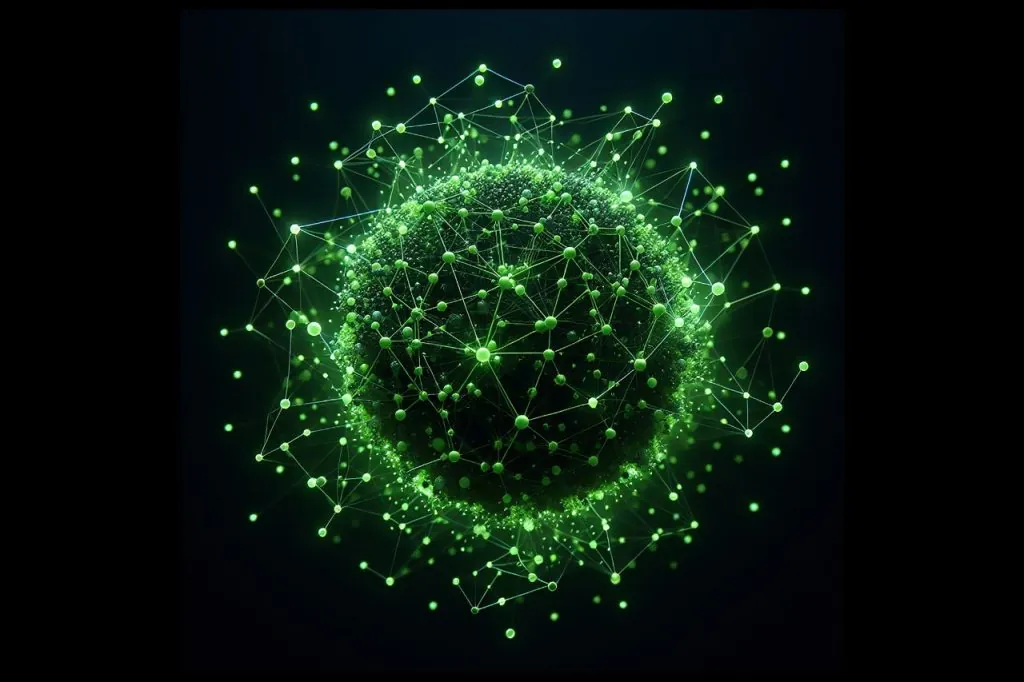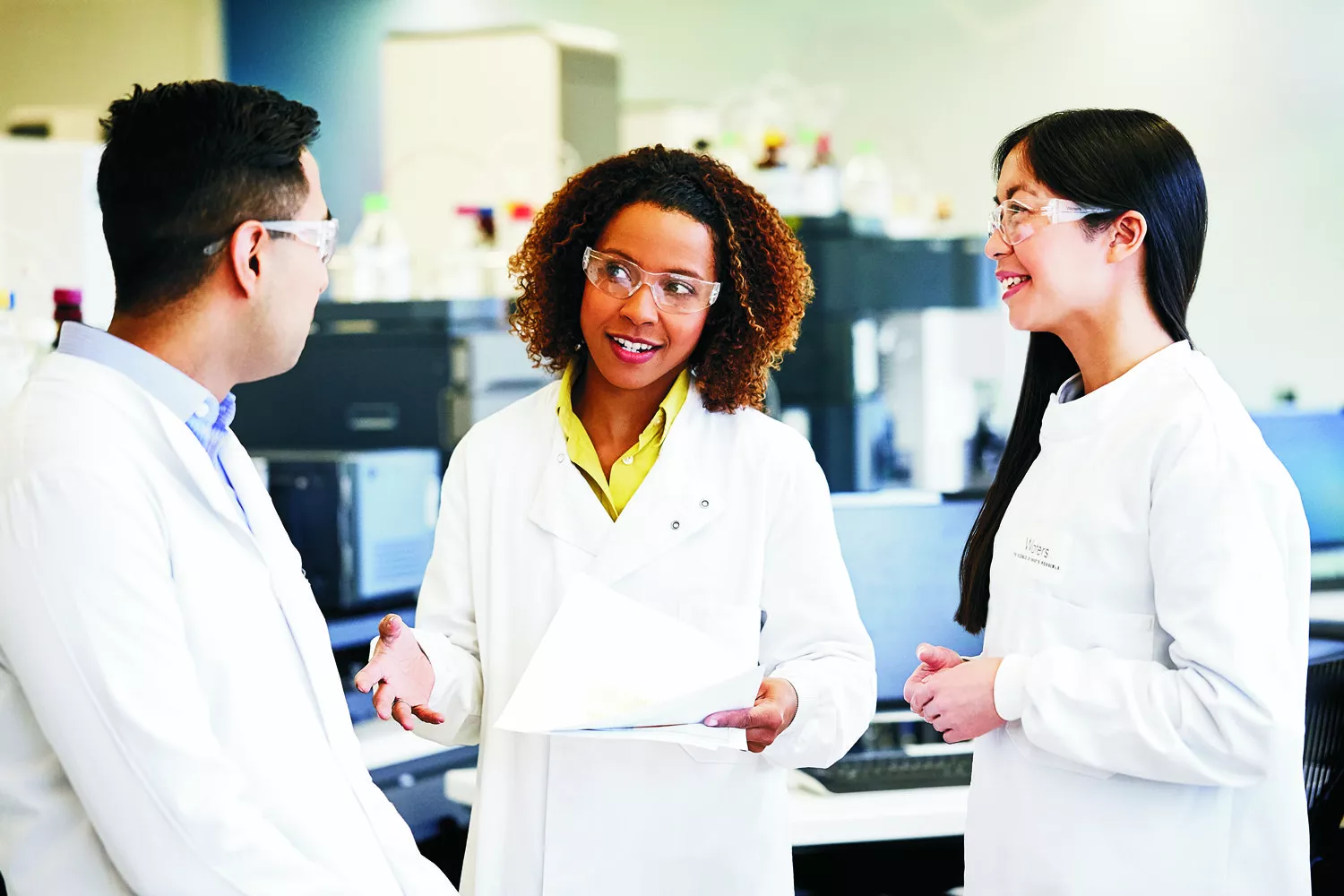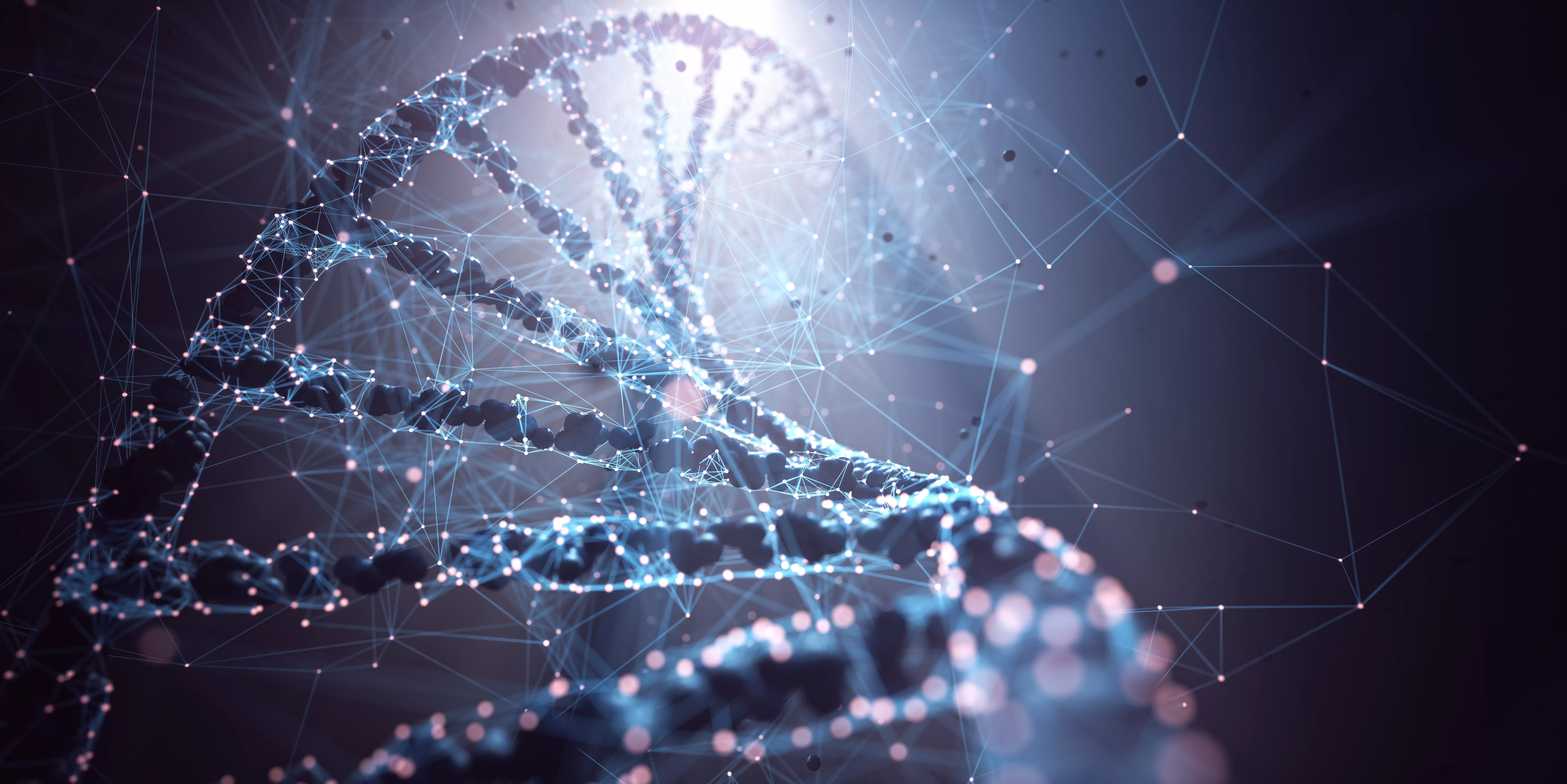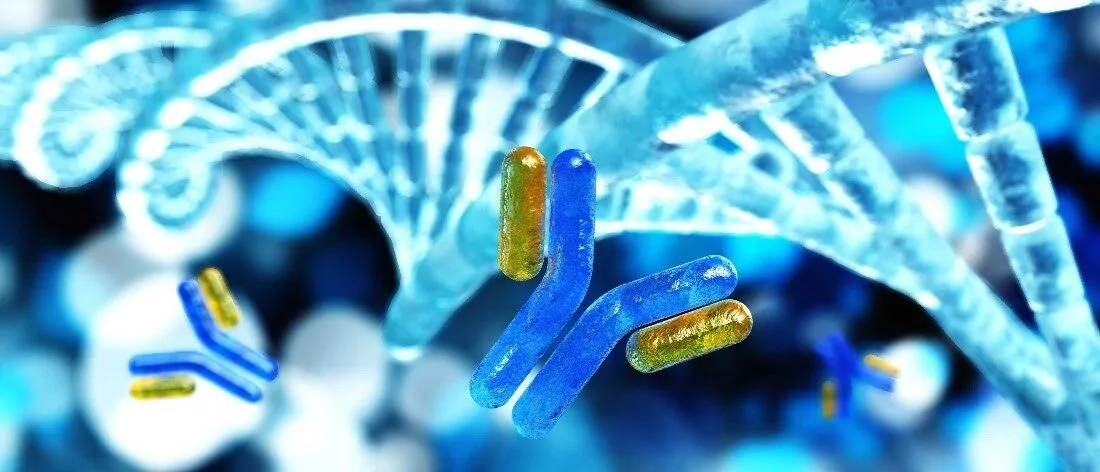Charge Detection Mass Spectrometry (CDMS): Unprecedented Direct Measurement for the Characterization of Mega-Mass Biomolecules

As the biopharmaceutical industry continues to evolve, new modalities are becoming larger in size and more complex, and therefore, demand for cutting-edge analytical tools is becoming increasingly challenging.
Whether you are analyzing adeno-associated viruses (AAVs) or virus-like particles, nucleic acids such as RNAs or lipid nanoparticles (LNPs), proteins, or protein complexes, simple and fit-for-purpose tools with speed, accuracy, and precision are essential for driving biotherapeutic innovations forward. In recent years, scientists have increasingly turned to charge detection mass spectrometry (CDMS).
What is CDMS?
CDMS is a single-particle technique that directly measures the masses of individual ions. As ions travel through a detection cylinder, the signals from the induced charge are used to determine the mass-to-charge ratio (m/z) and charge for each ion. As a result, CDMS enables the measurement of molecules into mass ranges extending into the gigadalton regime.1-3
CDMS represents a sizable advancement in biopharmaceutical research. For example, with its key translational applications in assessing virus assembly and analyzing gene therapy products such as determining the capsid content of AAVs, CDMS helps to further ensure the safety and effectiveness of large molecule innovations.
A recent article highlighted how CDMS technology continues to evolve: just a few years ago, acquiring a high-resolution CDMS spectrum of 5,000 ions could take 30–60 minutes. Now, with high-throughput CDMS, that same data can be collected in just 30–60 seconds, so acquisition time is dramatically reduced without introducing bias or distorting the mass distribution.
At Waters, we are continually developing novel technologies that meet your needs. Now, we are thrilled to share new CDMS technology solutions: a next-generation advancement in CDMS built on the foundation of technology developed by Megadalton Solutions. The new platform delivers precise, accurate mass measurements of mega-mass modalities such as genetic medicines, viral vectors, vaccines, and protein complexes. It enables the determination of molecular weight, purity, and heterogeneity in the megadalton regime and beyond, all from a compact benchtop system, empowering deeper insights across discovery and process development.
What Can CDMS Do for Your Lab?
The Waters CDMS Technology opens doors for advanced analytical characterization by facilitating more comprehensive and precise analysis of challenging large and complex biologics. Examples of the capabilities CDMS enables include:
- Analyze biologics in the megadalton regime and beyond – Waters CDMS Technology uses electrostatic linear ion trap (ELIT) technology to directly measure individual ions by capturing both their mass-to-charge ratio (m/z) and charge. This enables accurate molecular weight determination and the understanding of sample heterogeneity.
- Ensure product integrity of rAAVs – Waters CDMS Technology supports rapid process development and QC of recombinant adeno-associated viruses (rAAVs). It routinely distinguishes empty, full, and partially full capsids with relative quantification, and provides insights into Gene of Interest (GOI) —helping to ensure gene therapy safety and performance.
- Directly measure intact protein complexes without deconvolution – Waters CDMS Technology directly measures the intact mass of large protein complexes in their native state, without deconvolution. This simplifies analysis while providing deep insight into biological structure and function, including systems like proteasomes.
Learn how Waters latest advancements in CDMS Technology can help you achieve enhanced analysis of your biologics, and take a moment to sign up to receive our CDMS emails and be part of Waters new Pioneer Program.
References
1 Keifer, D. Z.; Pierson, E. E.; Jarrold, M. F. Analyst 2017, 142, 1654−1671.
2 Jarrold, M. F. Chem. Rev. 2022, 122, 7415−7441.
3 Jarrold, M. F. J. Am. Chem. Soc. 2024, 146, 5749−5758.
Popular Topics
ACQUITY QDa (17) bioanalysis (12) biologics (14) biopharma (27) biopharmaceutical (37) biotherapeutics (18) case study (18) chromatography (14) data integrity (23) food analysis (12) HPLC (15) LC-MS (23) liquid chromatography (LC) (23) mass detection (16) mass spectrometry (MS) (58) method development (13) STEM (12) sustainability (12)


